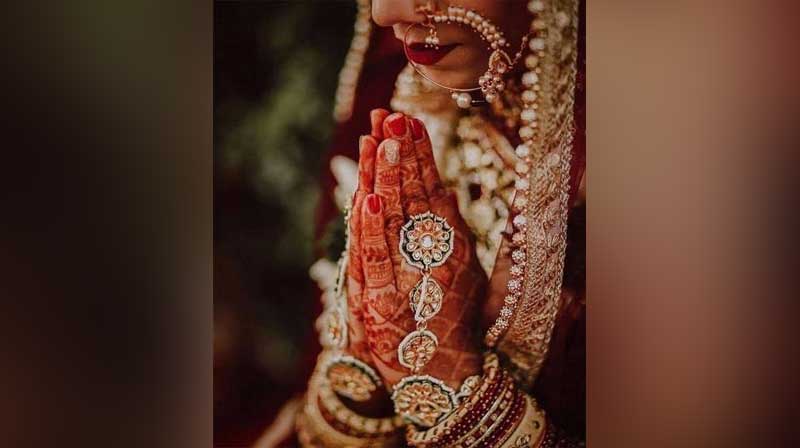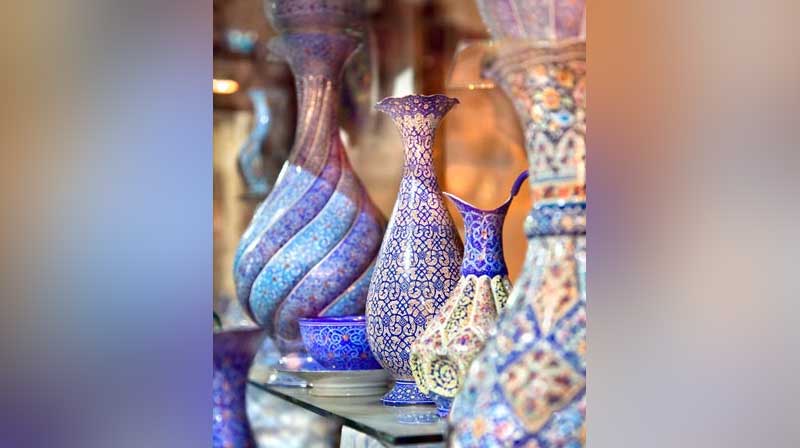

The profound fascination over Indian jewelleries often lies in the unique designs, aesthetic value and expert craftmanship. It includes wide variety of different types of ornaments, popular in different places like Hyderabad, famous for its pearls, Varanasi, known for Pink Enamel (Gulabi Meena). Jewellery has been evolving with more techniques becoming available and also the applications of various innovative technologies are making the craft even more intriguing, pushing the limits of conventional techniques.
With the waves of modernity and various technological advancement, there are few techniques for which India continues to remain hugely popular and one such popular jewellery is “Meenakari Jewellery”. Dazzling beauty of Meenakari work has been appreciated all over the world. Initially, the art was inspired from Mughal dynasty and was later introduced in 16th century by Raja Man Singh of Amer. After getting passed down for generations, eventually Jaipur became the main commercial hub of “Meenakari Jewellery”. The particular style expresses various themes including tales of king & queen, floral patterns which is enhanced by adding different vibrant colours in the metal grooves. And the most appealing thing about this style of jewellery is that, it is possible to wear from both the sides, whereas one side is decorated with various precious, semi-precious stones, polki’s and on other side numerous intricate patterns are filled different colours like red, blue, green, white.

Let’s take a deeper look into how this process is carried out by different ‘karigars’in different stages. The process primarily requires an expert during each step of fabrication,starting with designers (known as Chiterias) who sketch them first. Mounting (ghat) of the design is done, where basic structure is prepared by the karigar, andthey are commonly known as “ghaarias”. The engraver (kalamkaar) engraves the design on the metal surface , Enameller (meenakar) fills them with colours. Later stone setter (Jadiya) sets the stones and then final finishing is done. It is worth noting that the Meenakari design work is not just confined to jewellery only, it can also be seen on boxes, trays, and in other decorative artefacts. The fabrication of the designs takes long time as the process itself is complex and thus long working-hours are required to create just one masterpiece.

The most popular gems which are frequently used with this traditional jewellery are Rubies, Emeralds, garnet, topaz and pearls. The jewellery also get tarnished very quickly and therefore it is always better to visit jeweller for polishing. It is one of the most respected form of traditional jewelleries that is preferred, even today by many people. Definitely, it is one of the most desirable forms of Indian wedding jewellery, which imparts a complete royal touch to the wearer. Nowadays, pastel shades are also used along with enamel work to enhance the subtle beauty of the designs and is often used with diamonds to create fusion pieces as well.
BY NIKITA SONI